Guest blogger Katey Coffing on Plotting

Hello from the guest blogger! My name is Katey Coffing, Ph.D., and I was fortunate to be a 2007 Golden Heart® finalist along with several of the 2003 Noodlers. (Since the Wet Noodle Posse led the way by choosing such a memorable name, we in the '007 GH crew call ourselves "Licenced to Sell." ;-) )
I'm delighted to have a fantastic day job: I'm a certified life coach who helps writers succeed. Because of that, I've seen just about every kind of roadblock our fertile, writerly minds can throw at us. You've probably experienced a few of them yourself. Perhaps you were zooming along on a manuscript, only to be become inexplicably stuck. (Or even sideswiped by a writer's block so vicious you gave up and hid the manuscript under the floorboards.)
That block may not be the product of a fickle muse or of a recalcitrant idea generator. Your subconscious may have been trying to tell you something's amiss in the structure of that story--in the plot and how your characters react to it.
Structural flaws aren't always obvious to your conscious mind. But your subconscious realizes a great many things, many of which it has trouble communicating to its more articulate roommate.
This can result in a block of colossal proportions as your mute subconscious tries to get you to stop building on shaky ground. The translation: There's something seriously wrong here. Don't add anything until you figure out the problem. So if you're feeling stuck and you're not sure why, put on your Building Inspector's hardhat and dig in.
What kind of structural problems should you look for? Well, it's an unfair truth that there are as many ways to botch a good book as there are to write one! But here's an example from my own experience, and the solution I created.
Years ago while nearing the end of my second romance manuscript, my momentum dribbled through those aforementioned floorboards. Instead of writing the story, I found myself testing new ways to organize my drawer of binder clips and rubber bands. After a few weeks of this (it was a large drawer), I needed answers. I re-read many chapters and realized the scenes after the midpoint of the book felt unfocused, and so did my characters. Seat-of-the-pants writing had worked great for my first manuscript, but pantsing the second had become a miserable experiment. My story needed a major overhaul.
To get a feel for the necessary repairs, I consulted several of my favorite advisors: Dwight Swain's Techniques of the Selling Writer http://www.amazon.com/Techniques-Selling-Writer-Dwight-Swain/dp/080611197/ref=sr_1_1?ie=UTF8&s=books&qid=1205391373&sr=8-1, Debra Dixon's Goal, Motivation and Conflict http://www.gryphonbooksforwriters.com/si/1.html, and Carolyn Greene's Prescription for Plotting http://www.theplotdoctor.netfirms.com/workbook.html.
With their help, I created a template--a master list of key ingredients for can't-put-it-down scenes. These included (among other things) a "ticking clock" to propel the pace, crafty opening and closing hooks, unique scene strategies and obstacles for each main character, plot (and character) surprises, and a meaningful symbol that would enhance the emotion for my reader. (My template included things I felt I already did well AND things that could stand improvement, so a list customized for your writing might differ from mine.)
Wow--just a simple list, but having it put me back in control. Now I had a template to help me think through each scene of my novel! And I could easily tweak which ingredients I used from one scene to the next. (By the way, pantsers who would rather chew tacks than plot can use this technique for revisions.)
I tested my solution by looking at scenes I'd already written but seemed flat. With the list in hand, I was able to brainstorm new plot twists and sharpen my characters' goals, sparking life and energy in the manuscript! And new scenes flowed easily because I knew from the very first sentence what that scene needed--and I had the road map to make it happen.
So next time you get stuck, consider whether there's a structural problem that has jammed your writer brain. If so, be willing to bring in the jackhammers, welding tools, and cement trucks. (Of course, don't forget the studly construction crew.) And whether you plot or "pants", I'm wishing you a finished novel that brings you (and your readers!) joy.
--
Goalmeister Katey Coffing, Ph.D. helps her clients complete and polish their manuscripts, create kick-ass queries and synopses, and get The Call from agents and publishers. Discover more at Women-Ink.com. http://www.women-ink.com/
Labels: Kate Coffing, plotting, Women-Ink

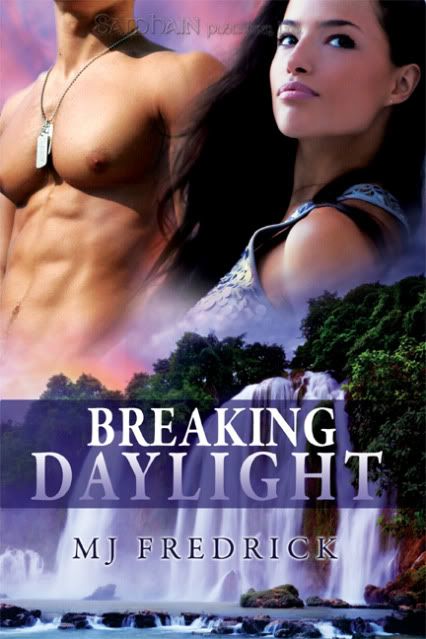
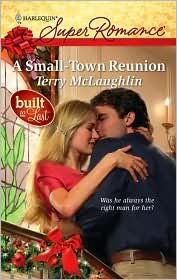
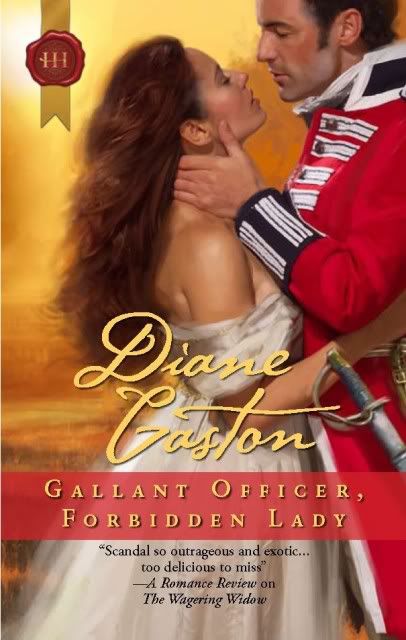



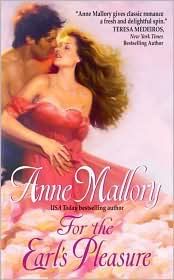

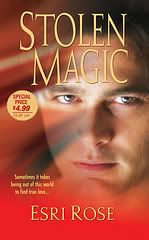
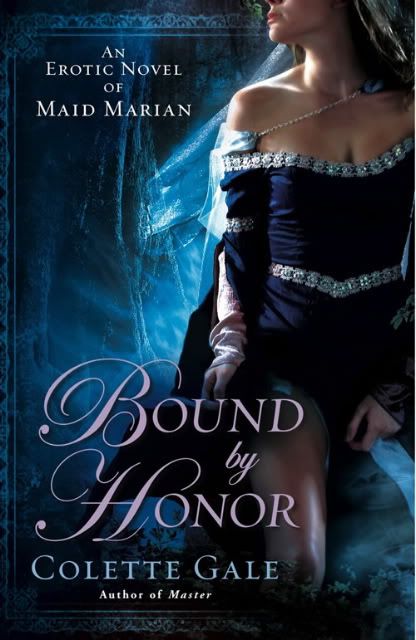
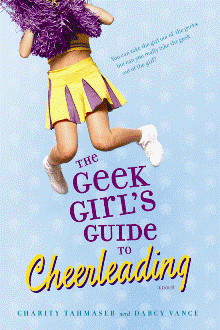
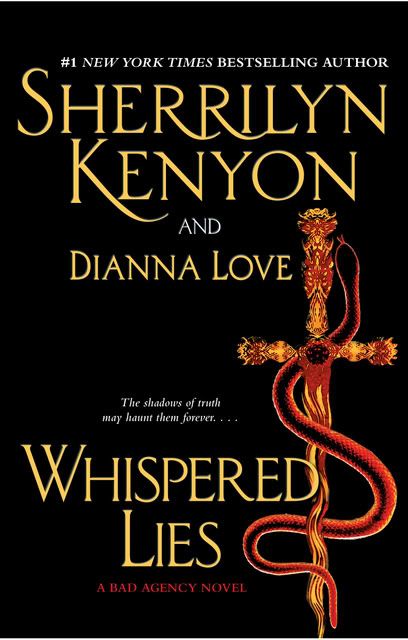
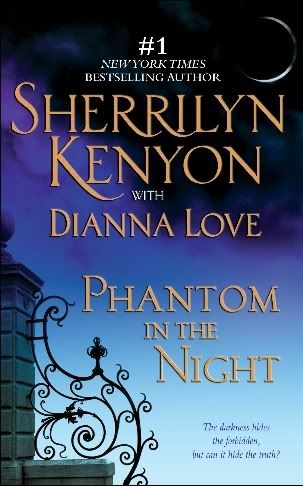




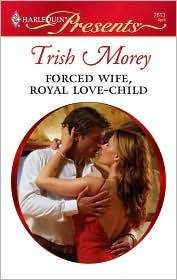
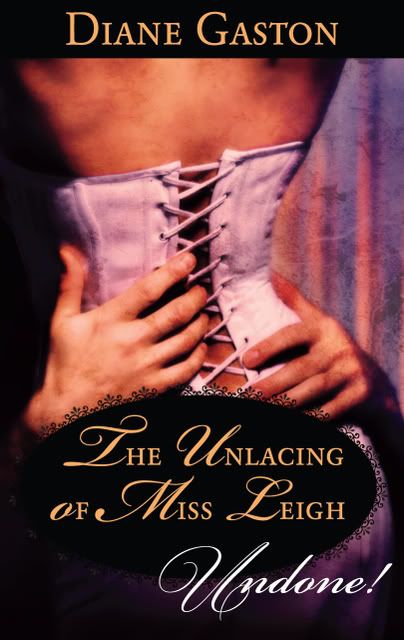




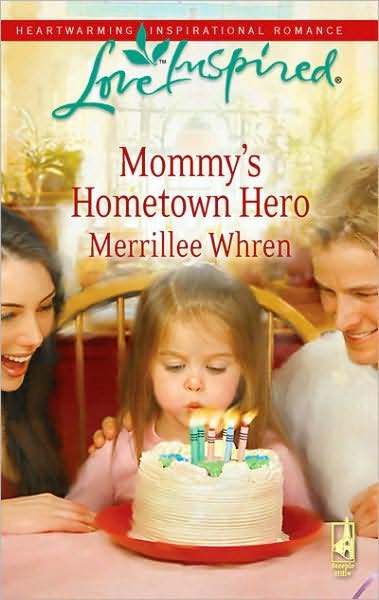
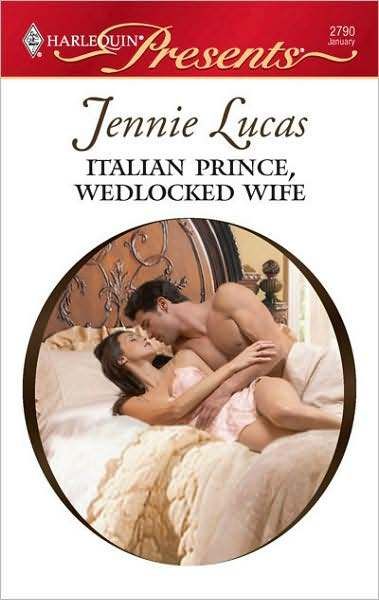

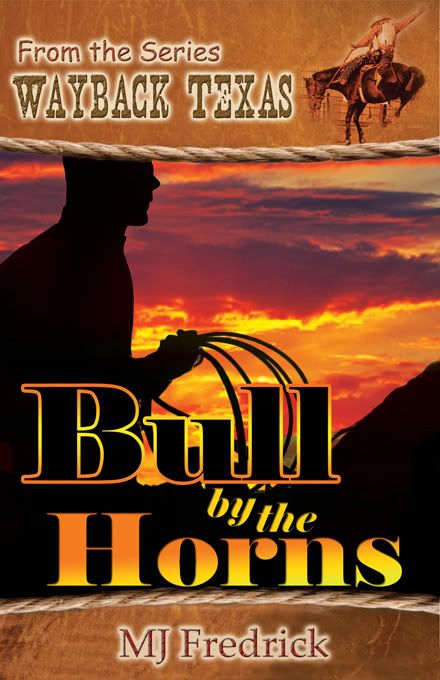
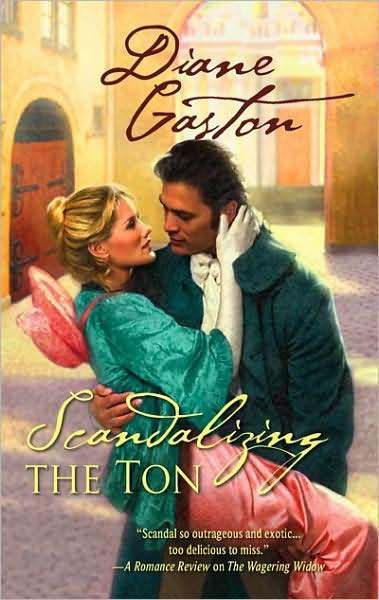
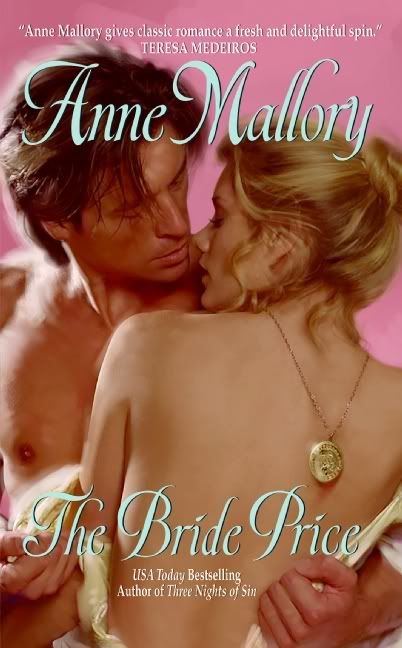
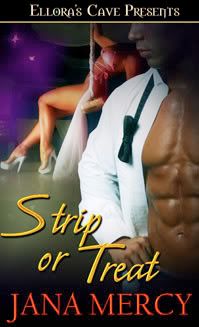
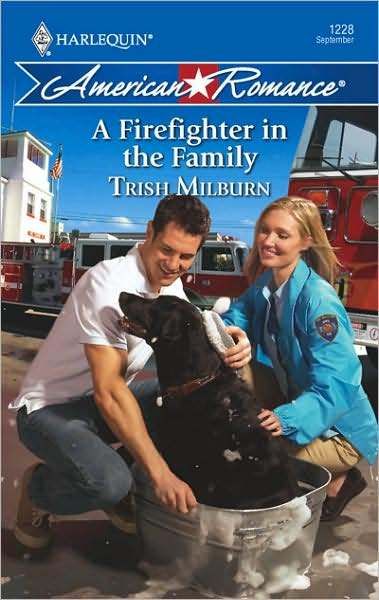
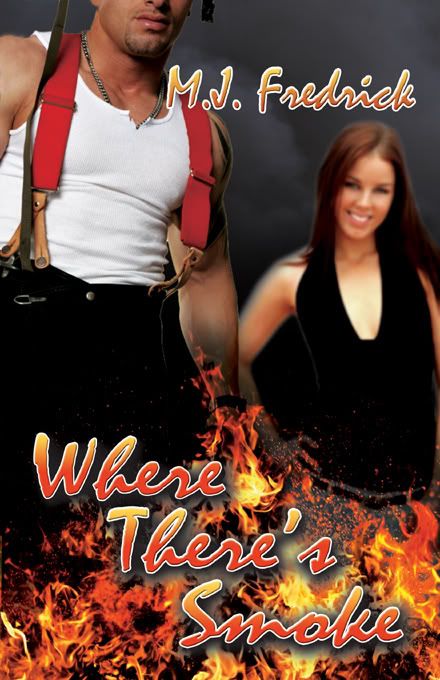
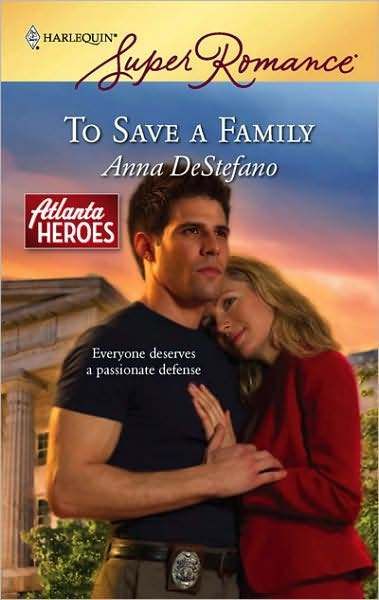


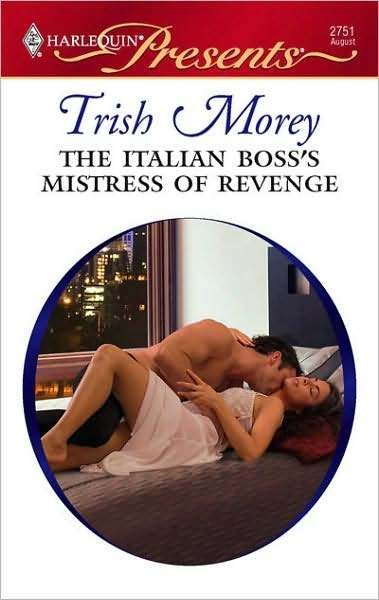
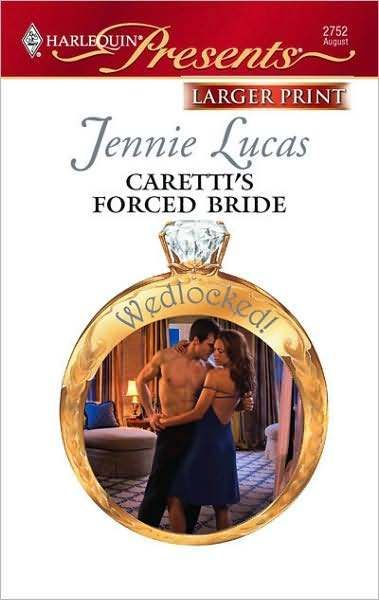



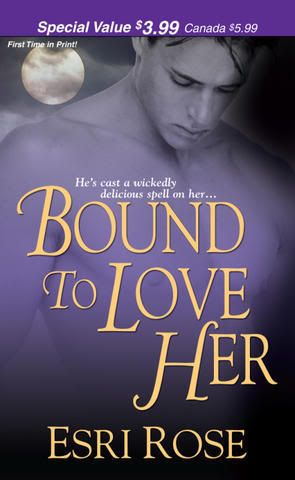

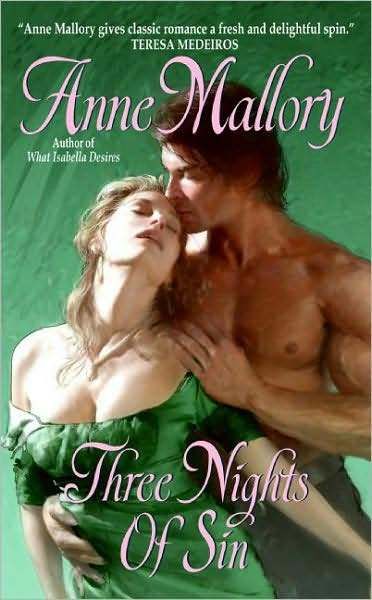
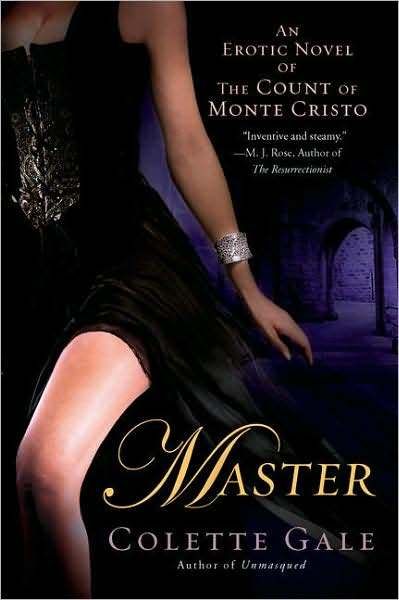





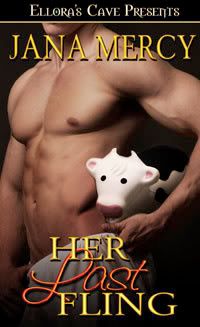
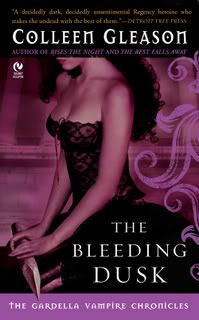


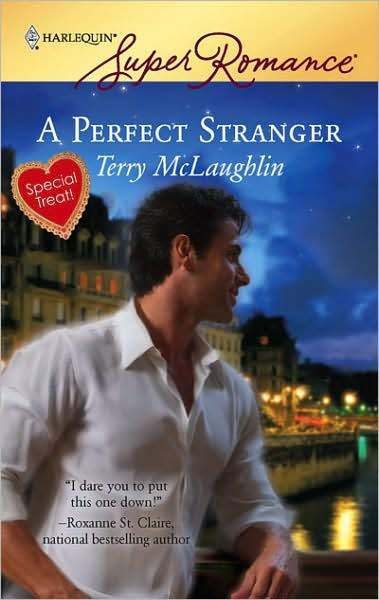




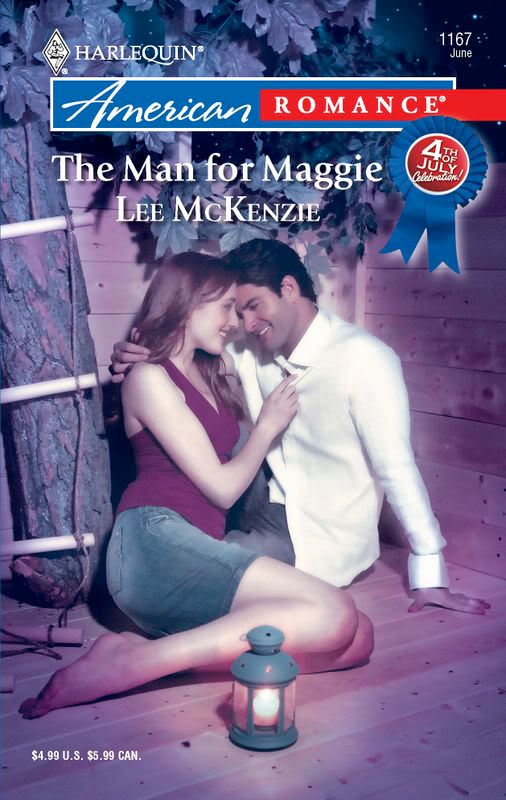
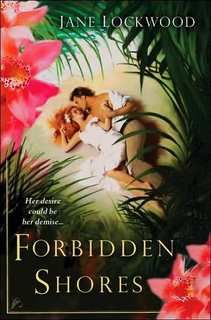

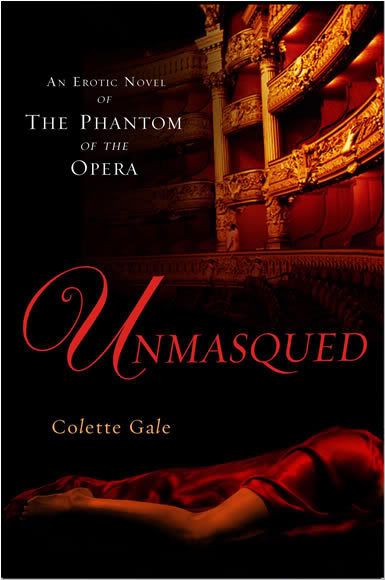
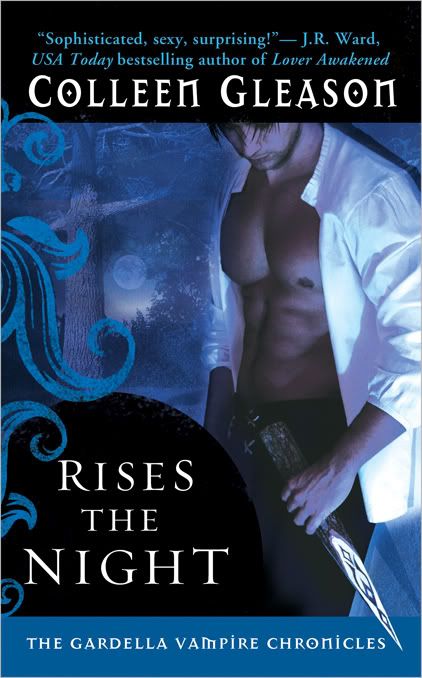
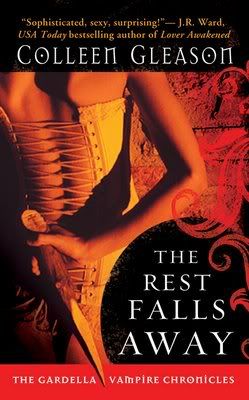
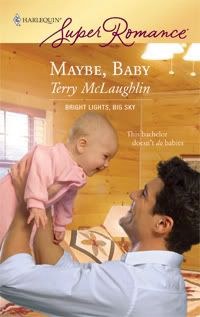
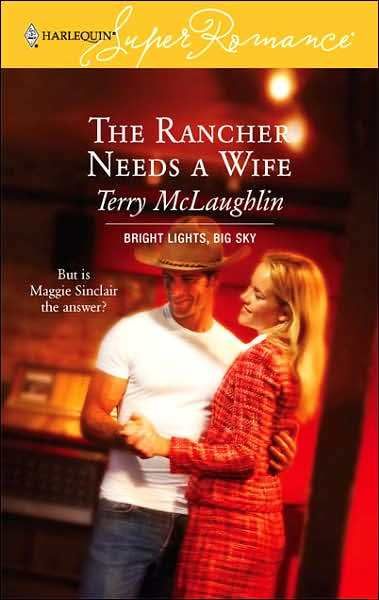
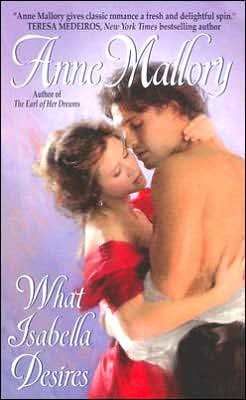
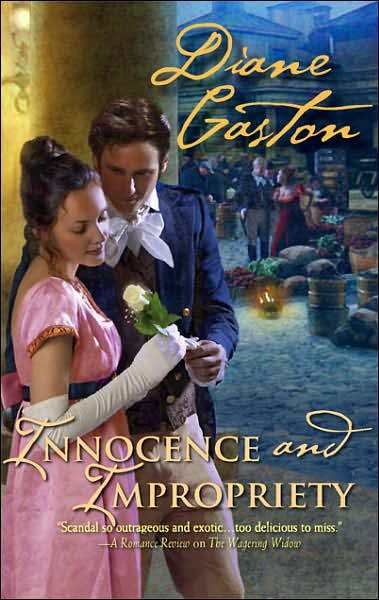
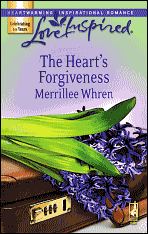
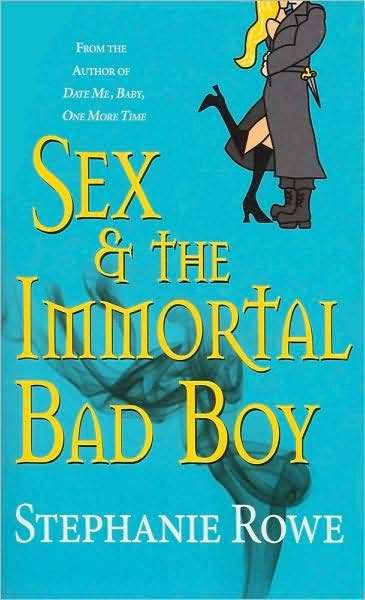
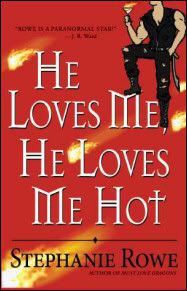
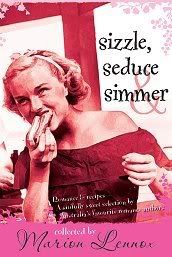
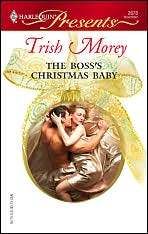
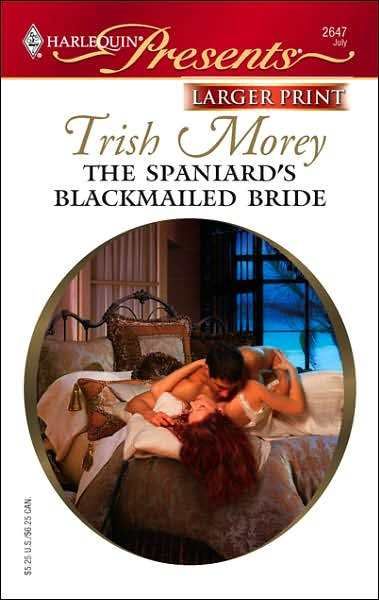
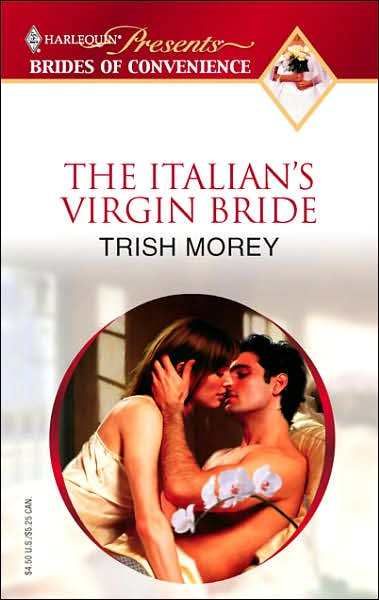
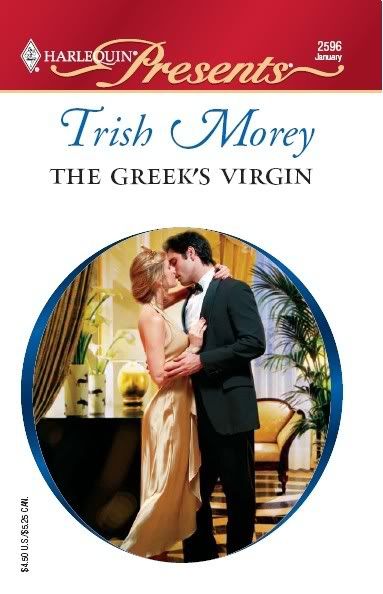

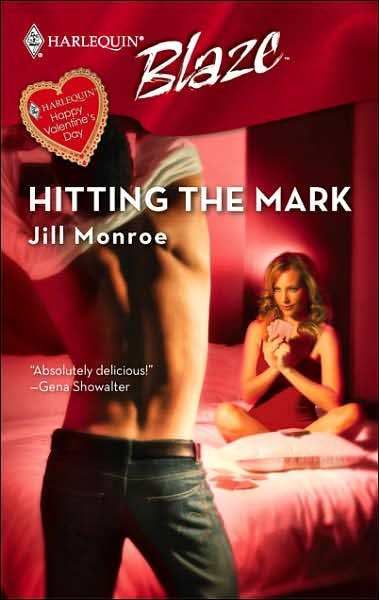
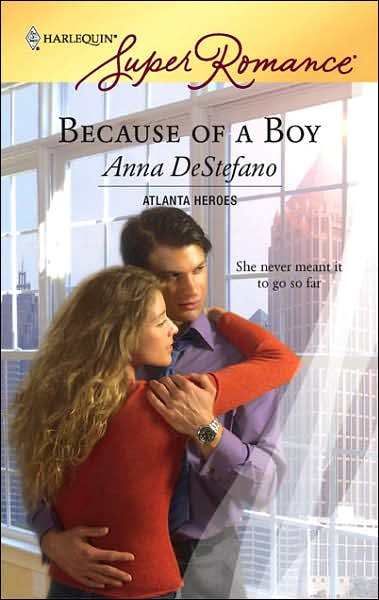

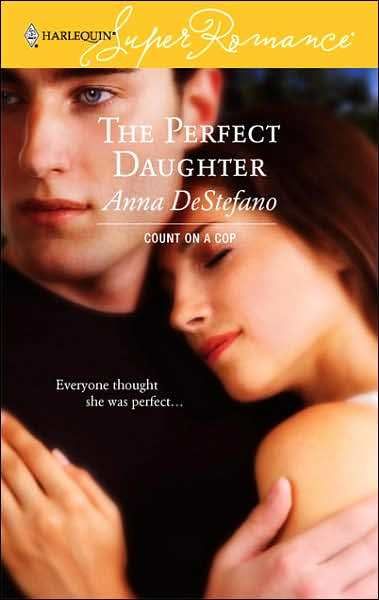

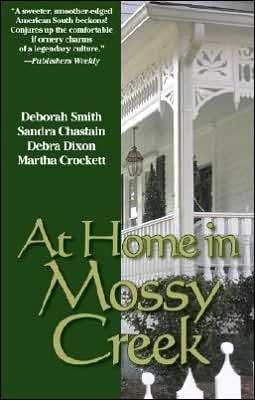
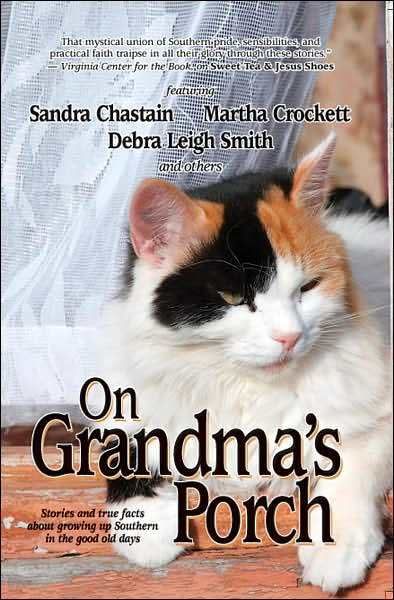
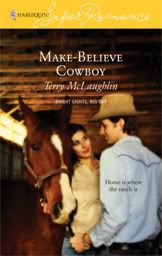

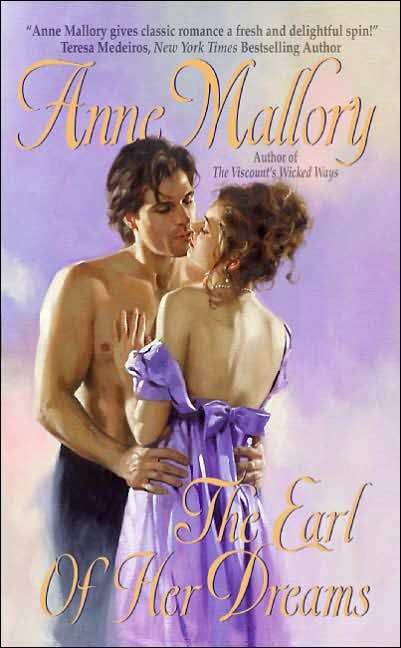
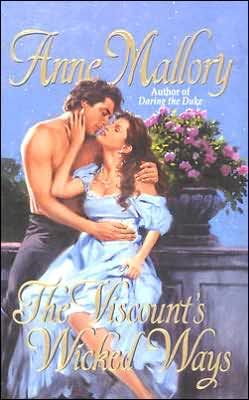
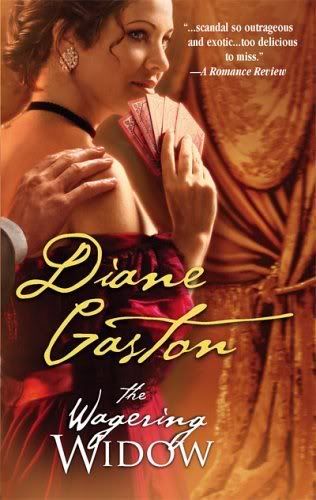
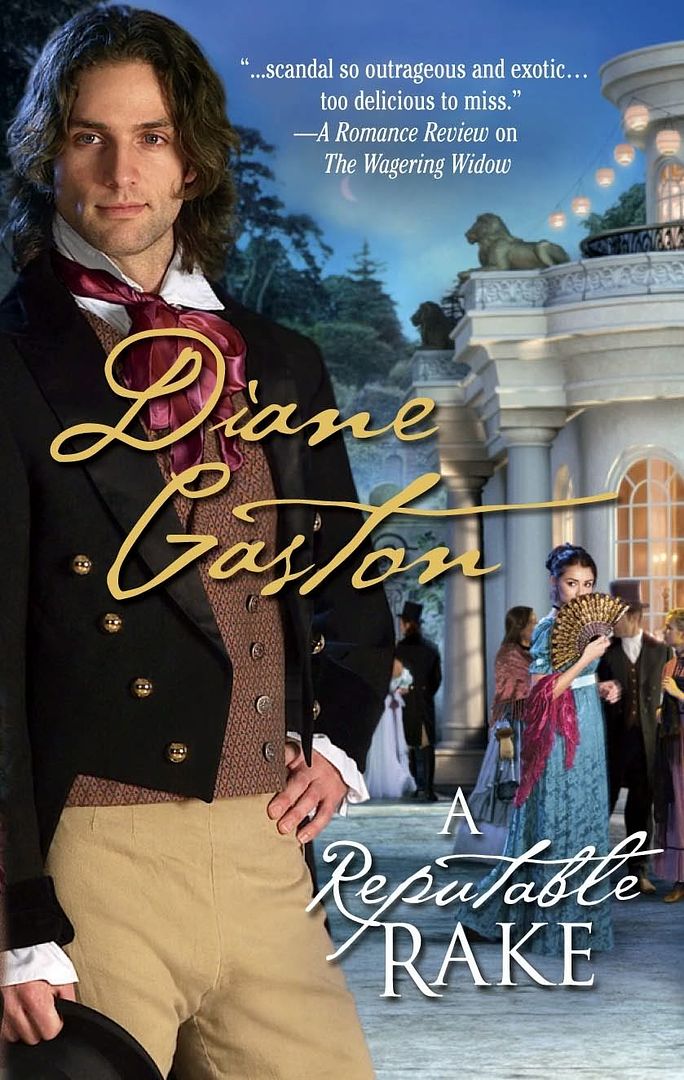
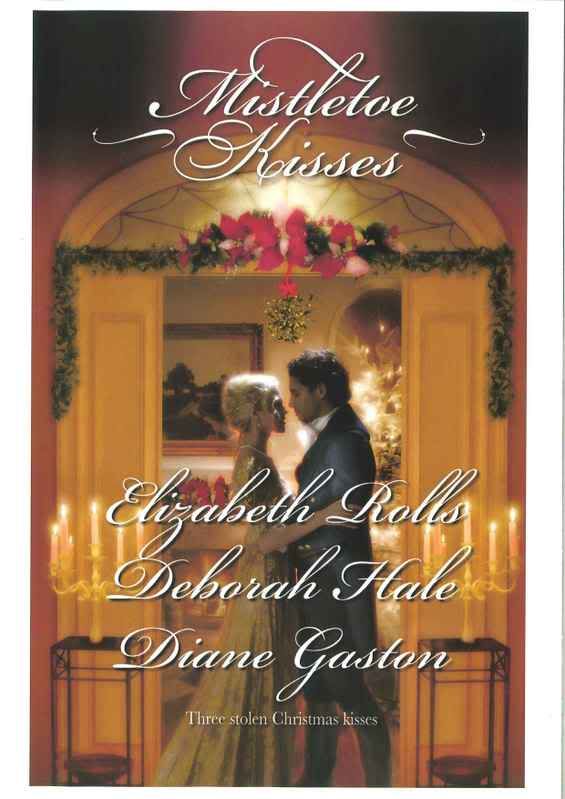
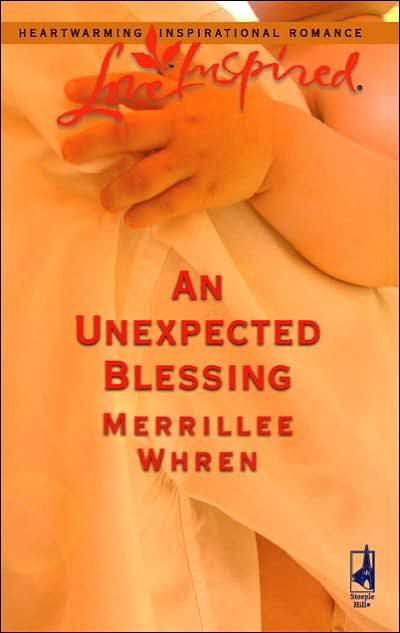

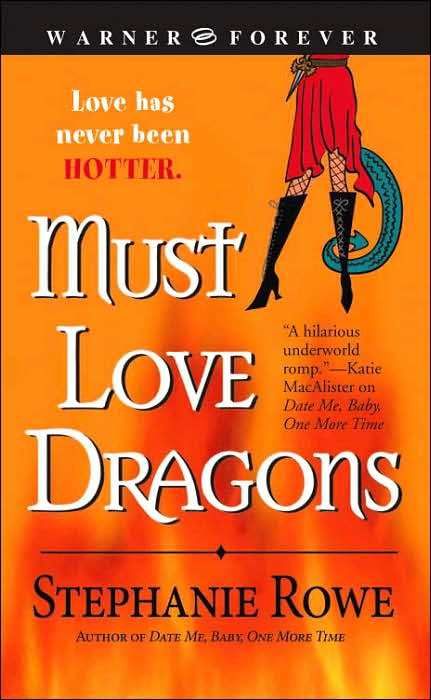
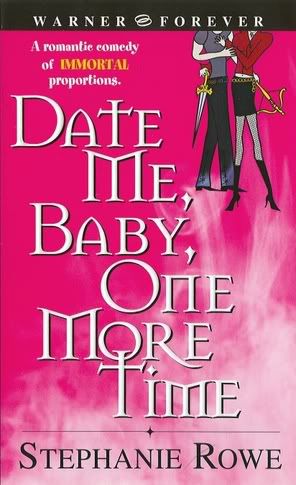
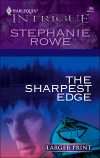
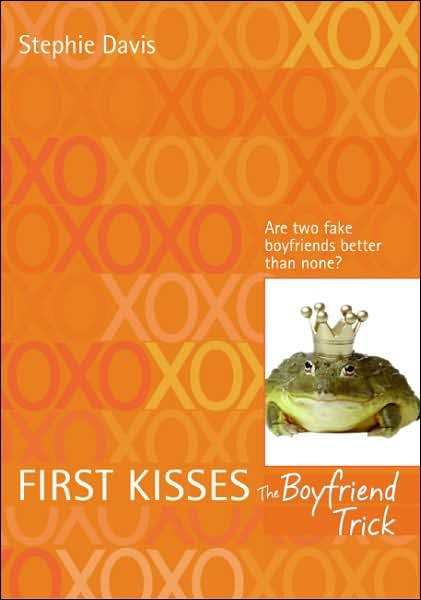
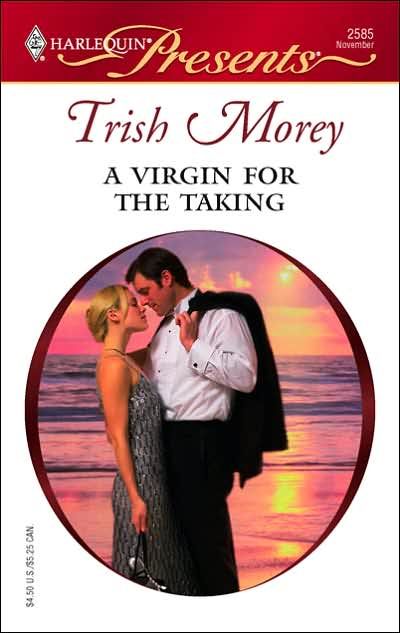
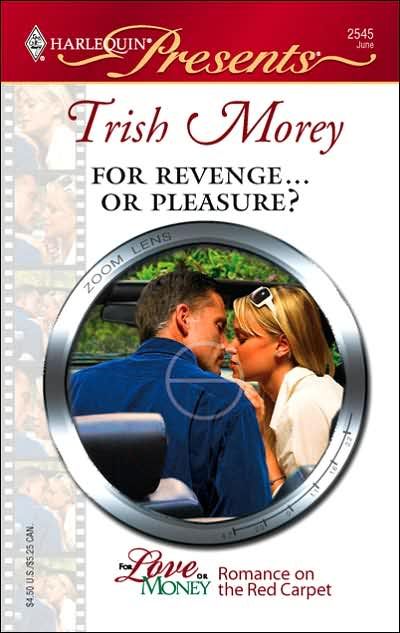
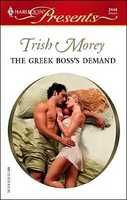



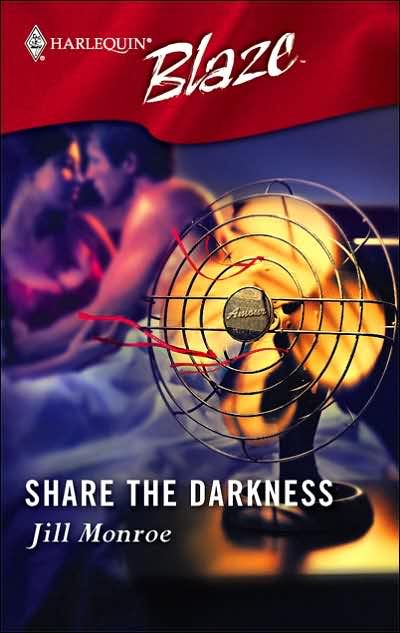




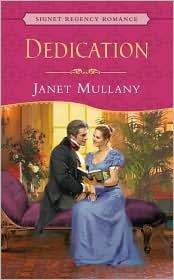
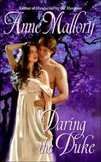
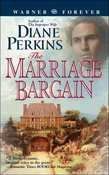
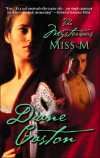

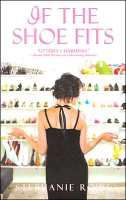

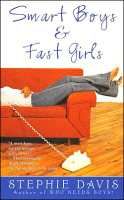


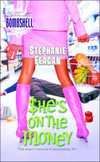
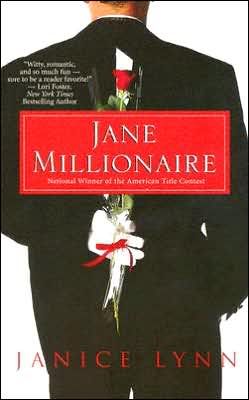


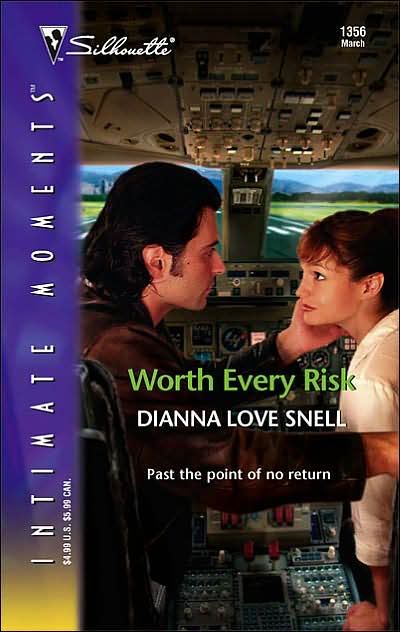
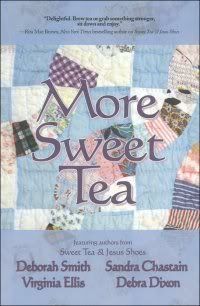
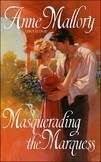
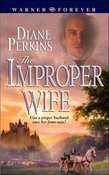
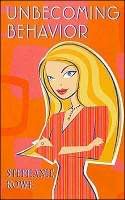
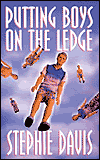

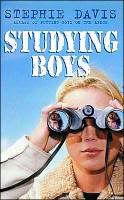
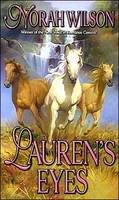

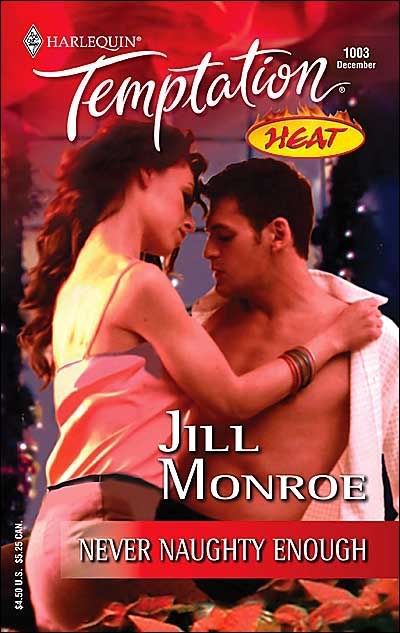





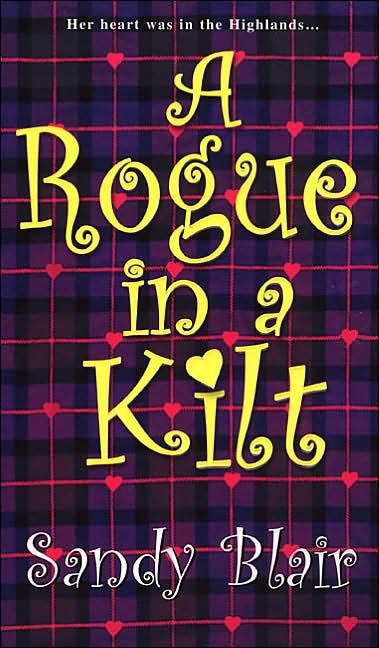

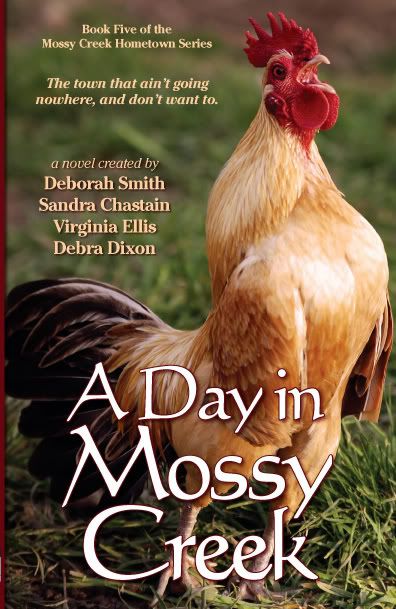

17 Comments:
Good morning, Katey, and thanks for blogging for us today! We're glad to have you. Great blog. I have a question for you:
Do you try to have one of the elements from your list in EVERY scene in your book?
I usually have about three or more scenes per chapter (15 pages) and I do try to end each scene with hooks (i.e. a question, a surprise twist, etc.)
Thanks again for being here!
Always a pleasure to hear from you, Katey!
That's always the reason I grind to a halt -- something is wrong but I'm not sure what it is. We should be grateful for that subconscious red flag, I guess.
Working with a symbol is something I want to do more of. Thanks for the concise list of things that make a great book. You're so good at what you do!
Hi Theresa! And thanks again for the invitation. :)
Of the things I mentioned, hooks are crucial, and I work hard to include them in every scene. Intriguing beginnings and endings keep the reader immersed and eager to keep reading. Of course, some hooks are stronger than others--and that's normal. (But what a difference it makes when an author masters the Art of the Hook. Witness Dan Brown's The Da Vinci Code!)
Other ingredients I mentioned aren't essential to every scene, though they can certainly liven them up. An author might not want a "ticking clock" deadline for a love scene, for example. (Although, LOL, things like a fear of imminent discovery can increase the sexual tension dramatically...) So part of the choice depends on the kind of story and the ingredients appropriate for the flavor of that particular section.
And sometimes it's useful to sprinkle in a couple of new ingredients and see what happens. Toss in a plot surprise and shake things up. Reveal new traits of a character to add dimensions to his/her personality. (I particularly like to reveal some of the hero's wonderful traits when in the heroine's POV, and vice versa. That way the reader falls in love with the hero at the same time as the heroine.)
Hope this helps!
Hi Esri! Yep, it helps to be grateful for that subconscious red flag. Otherwise we waste a lot of time cursing at it, LOL.
Dwight Swain has an excellent discussion of emotional symbols in Techniques of the Selling Writer. If you don't already have that book on your shelf, it could be a helpful new resource.
Hi Katey! Upon your suggestion last year, I purchased Prescription for Plotting, and it really has been a godsend. I'm definitely a pantser, jotting down just a vague outline of what I THINK might happen in the story. Using this workbook was the first time I swerved from my usual path, and the book is a keeper. Although my stories will never be planned down to the last detail, I do find myself consulting PFP for guidance.
Wonderful blog--and love the Wet Noodle girls! I remember Esri from Atlanta 2006.
Great article, Katey. And so true. I've decided it's part of my "process" to delete at least one chapter per book and rewrite it. But truthfully, I know it's just because I had my character heading in the wrong direction.
Reveal new traits of a character to add dimensions to his/her personality. (I particularly like to reveal some of the hero's wonderful traits when in the heroine's POV, and vice versa. That way the reader falls in love with the hero at the same time as the heroine.)
Katey, would an example of this be for the writer to be in the heroine's POV when the hero saves a dog or helps an elderly woman across the street...or calls his mother on a regular basis or puts his laundry away...
Thanks, Shelby and Kathy!
And Theresa, yes, you're exactly right. I don't use that technique to reveal every new character trait--all things in moderation--but it can be powerful, particularly when the POV character has a strong emotional reaction to the new trait. :)
Katey, I continue to be in awe of your organizational skills. I'll definitely keep your list in mind when I'm scratching my head over a stuck scene, since some of these seem like they'd be great prompts for me. And you're absolutely right...every time I get seriously stuck, it's because something just isn't right. I suppose it's a useful mechanism. It's what I try to keep in mind as I'm swearing and pressing the Delete key, anyway:-) Great post!
Hi Shelby! Good to hear from you!
Katey, I'll take a look at the symbol section of "Techniques." Thanks for the tip.
Come to think of it, I did use a symbol in one of my books -- I don't think I realized it at the time, because it felt almost like a secondary character, but the symbol was my heroine's mother's dog. I think a good symbol can be on the page a lot without the author having to twist the story out of shape to get it there. A car, a house, a piece of furniture or jewelry -- something with a backstory. And then, for a powerful whammy, you destroy it. Bwhahahahaha! And no, I did not kill my heroine's mother's chihuahua. I came close, though.
Thanks, Kendra! I, in turn, am in awe of your creative stories and can't wait for Call of the Highland Moon to hit the shelves in May. Wheee!
Esri, LOL about the chihuahua! Yes, exactly.
Swain calls emotional symbols "gimmicks" (which seems pejorative, but that's not how he means it) and says they're one of the most useful devices for bringing about the emotional resolution of a story.
I think a good symbol should feel natural to the reader, too. (In other words, it's better to have it be a little subtle than over-the-top.) Readers are often better at "getting" symbolism than we worry they'll be.
Hi, Katey!!!!
It is so good to have you here. You will remember, I'm sure, our room-sharing at RWA-you and Debra and my friend Julie...Reno??? (see how good my memory is)
I think for pantsers, your system is a very good one! I would have a terrible time thinking of all those plotting elements while writing, but it is a great set of tools to grab during revisions or when stuck.
Another structure I've been blogging about here is Michael Hauge's system. I'd definitely put his book in the toolbox!
I never really thought about a solution to getting stuck except to keep at it. I really like the idea of seeing what sort of ingredient a scene needs to work. Now, what happens if NONE of those ideas works for a scene. Do you scrap the whole scene or start over from scratch?
Diane, yes, I remember roomming with you! And I'm glad we were able to have a little "catch up" last year on the outside patio in Dallas.
You wrote on great post on March 4th. I really like Michael Hauge's work, and in the last couple of years I've been incorporating it into my "pre-writing" phase. It's been terrific for nailing my character's needs and growth.
Doglady, I hear what you're saying. It's frustrating to not know what's wrong. But I'm a firm believer in seeking out the problem and the right solution, whatever it is. Otherwise, my rewritten scene might be plagued by the same issue. (And I HATE wasting my time, LOL!)
If a scene just isn't working for me, but I like what happens in it plot-wise, the first thing I do is check through the "ingredients" on my list and see what I could add/change/tweak.
One of the other ingredients I didn't mention above is to make sure I've written the scene from the most appropriate point of view. Switching the POV has made all the difference several times. While it's true that it's usually best to be in the head of the character who stands to lose the most, sometimes the other main character has more at stake than the writer realizes, and using their POV brings a whole new dimension to a flat scene.
Hope this helps!
Regarding POV, sometimes it is even most effective to show the character-with-the-most-at-stake through the eyes of the other character.
Yes, Diane, bingo! Effective because of the POV character's emotional reaction to the other character's plight.
Hi Katey,
Excellent article...I was soo glad to see I'm kinda on the right track as I've read each and every one of your recommended reads and use many of the author's suggestions.
I'm a plotter, so the idea of lists to work from is naturally appealing. I particularly liked the idea of structuring surprises for your characters into your plot, as well as having an identifying symbol. I've used that before, and it works well.
Many thanks for sharing!
Post a Comment
<< Home
Subscribe to Post Comments [Atom]